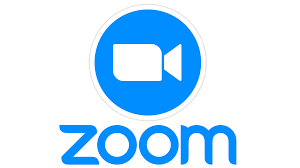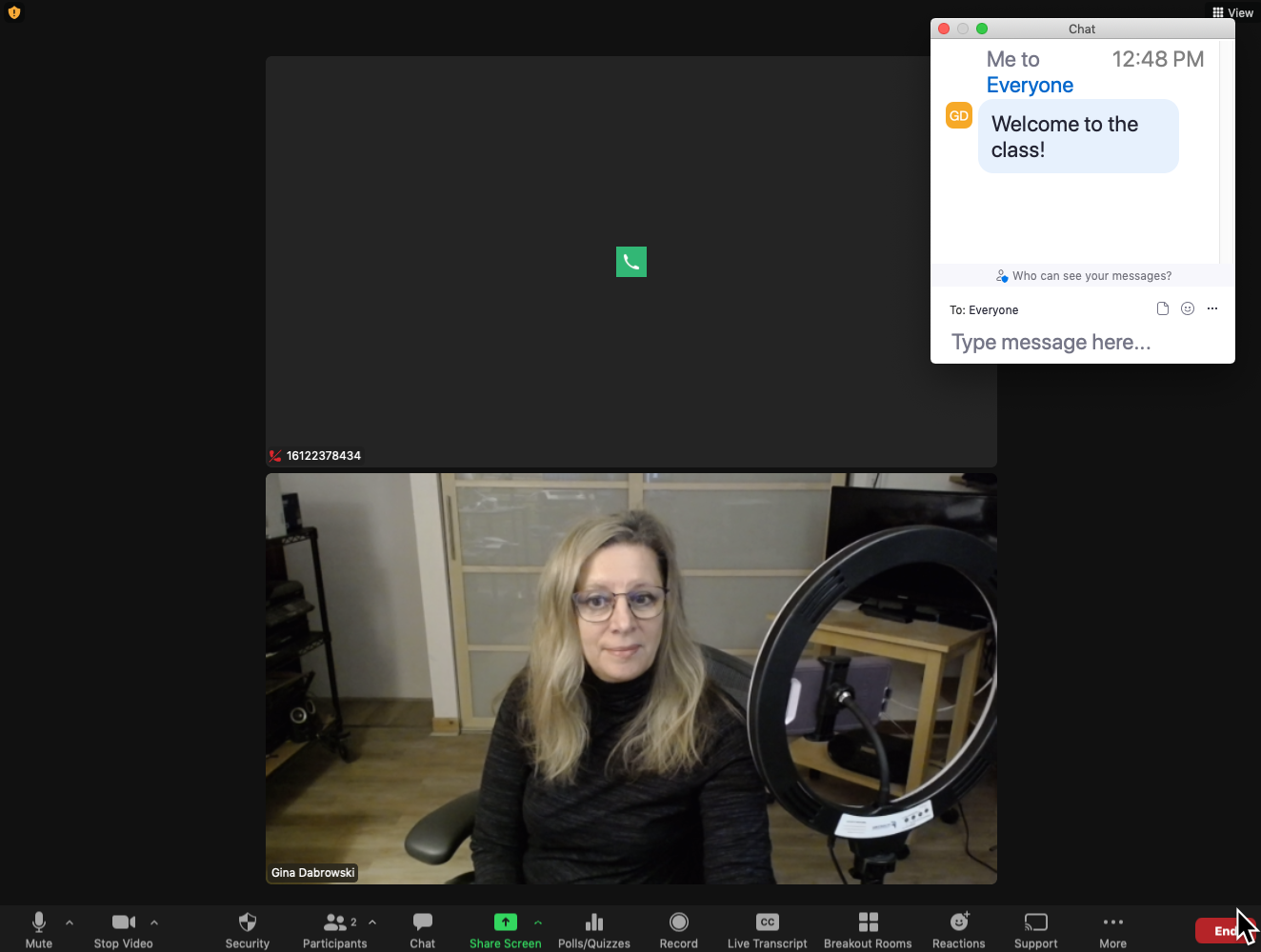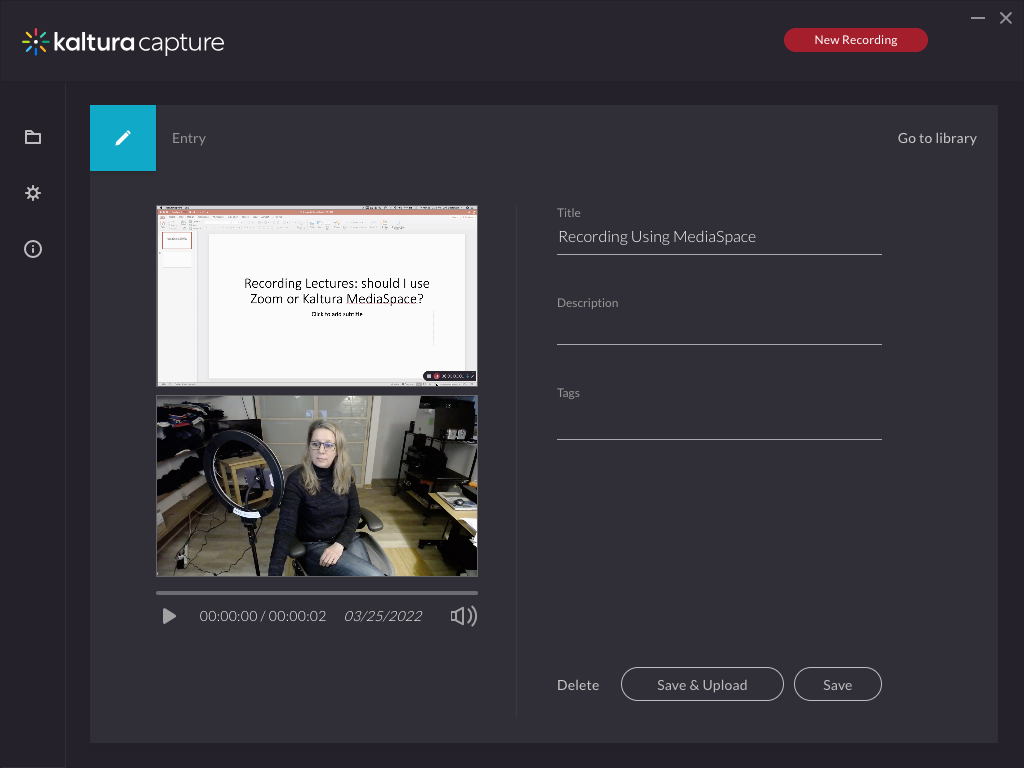Body
Table of contents

Zoom
Zoom is a web conferencing tool available to all Minnesota State employees and students.

It can be used for live lectures, demonstrations, and provides interactivity such as screen sharing, annotating, chats, polling, breakout rooms, and the whiteboard, which are effective teaching tools to engage students.
If you are teaching synchronously and zooming with the class, Zoom lets the participants know it is being recorded. You can also record without students. The zoom recording is saved as a video file to your computer or to the Cloud.
After you record your lecture using Zoom, the link is active for 1 year, and then expires. To ensure the recording is always accessible, record the Zoom meeting to the cloud and it will automatically upload to your Kaltura MediaSpace account, where you can edit, upload the transcript from Zoom, or get an embed code. Then you can import the video into the D2L environment to share with the class.
Research has shown that Zoom meetings are great for smaller classes (up to 50) in a live, synchronous setting. Students and teachers can actively participate in discussion with both video and audio capabilities. Zoom webinars limit the student participation to chat, Q&A forum, and Polling features, as noted by Michigan State University.
I personally appreciate zooming 1-on-1 with students. They connect with their smartphone and I can share my desktop to go over any issues they are having with the assignments or materials.

Kaltura MediaSpace allows you to record lectures that are imported into D2L Brightspace to be delivered asynchronously. Kaltura Capture will record the screen and you can use the webcam at the same time. This gives students the option to choose what they want to focus on. The editing features allow you to trim the beginning and end of clips and edit the transcript that is automatically generated.

Similar to YouTube, it is your one-stop shop to host and record webcam videos and screencasts with voice-over. Videos can be embedded into D2L with just a couple of clicks, and there is a built-in auto-captioning feature.
My favorite way to use Kaltura is for narrated PowerPoint lectures. Also, I enjoy recording demonstrations on my Smartphone that upload directly to Kaltura to embed into D2L Brightspace.
Here are a list of resources from Saint Paul College:
Zoom Quick Start Guide for Faculty Minnesota State < https://www.saintpaul.edu/aei/Documents/Zoom-Quick-Start-Guide-for-faculty-Minnesota-State.pdf >
Kaltura MediaSpace < https://www.saintpaul.edu/aei/kaltura-mediaspace >
Zoom Web Conferencing < https://www.saintpaul.edu/aei/zoom-web-conferencing >
Sources:
University of Illinois. < https://answers.illinois.edu/illinois/kaltura-record-lectures-on-your-laptop >
Michigan State University. Arts and Letters Academic Technology Support < http://edtech.cal.msu.edu/which-capture-tool-is-right-for-you/ >
Rice University. < https://canvas.rice.edu/courses/31333/pages/kaltura-vs-zoom-when-to-use-each?module_item_id=204773 >